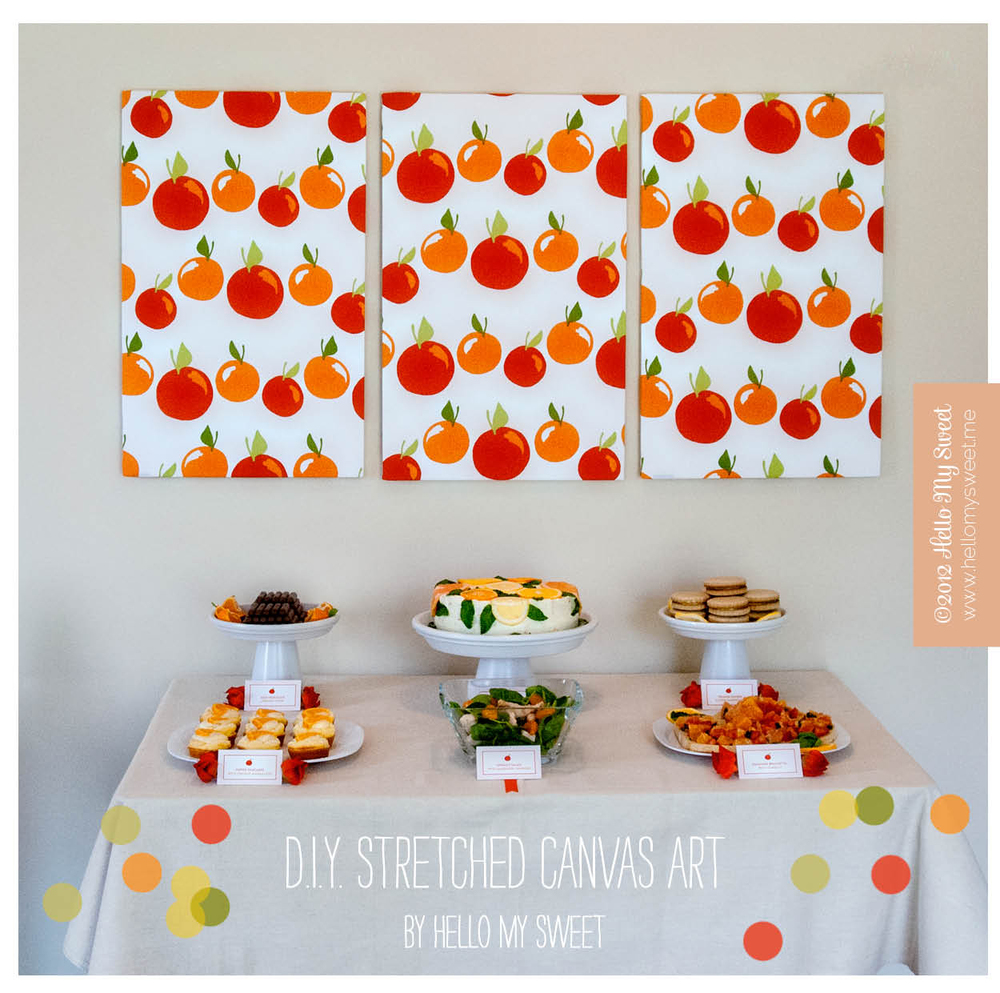Often times we find our inspiration in the strangest places.
Lately we’ve been salivating over some pretty creative and very vintage designs hailing from the sides of wooden fruit and vegetable crates.
If you have never visited the website Box of Apples, you are missing out.
We came across this treasure trove of artwork a few months ago while designing a speakeasy printable set for a wedding. We needed 1930s era advertising to complete the “program” which was designed to look like a newspaper from the prohibition era. Among our googling we found Box of Apples, and our love of crate ads was established.
Feast your eyes on these lovely works of art:
 Meteor Lemons, c. 1930s
Meteor Lemons, c. 1930s Orbit Oranges, c. 1930s
Orbit Oranges, c. 1930s
We really like the spacey look of these labels. Also, it is fun to imagine these fruits sailing past your head on their way down from space, just like real meteors! (Sarcasm anyone?)
 King Pelican Iceberg Lettuce, c. 1920s
King Pelican Iceberg Lettuce, c. 1920s
Large green pelicans have been floating around in my head ever since we saw this one. He is such a stately bird with his little crown of gold. Almost makes me want to eat lettuce. Almost.
And nothing says eat your veggies quite like a Killer rooster. It’s almost as if he is willing you to be a vegetarian, in a brazen attempt at self “poultry” preservation.
 Western Hoe Vegetables, c. 1940sAnd here are a few that brought out the immature in us. “Giggles.” They said hoe.
Western Hoe Vegetables, c. 1940sAnd here are a few that brought out the immature in us. “Giggles.” They said hoe.
 Hustler Pears, c. 1920sWho knew pears could be so controversial, or so scantily clad?
Hustler Pears, c. 1920sWho knew pears could be so controversial, or so scantily clad?
 Otello Oranges, c. 1950sThis gent seems like he is a bit alarmed. Maybe it is because those oranges are flying right at his head. Or perhaps it is because they are half the size of his head?
Otello Oranges, c. 1950sThis gent seems like he is a bit alarmed. Maybe it is because those oranges are flying right at his head. Or perhaps it is because they are half the size of his head?
You can also find another section on the Box of Apples website called Plan59.
This area features restored advertisements as well, equally entertaining and also available for purchase.
Here are a few of our favorites, for obvious reasons:
 Bread’s better ‘cause it’s fresher in Cellophane (1954)
Bread’s better ‘cause it’s fresher in Cellophane (1954)
 Baked Ham: featured this month in good eating places everywhere! National Restaurant Association, May 1957
Baked Ham: featured this month in good eating places everywhere! National Restaurant Association, May 1957
 The Joy of Good Eating, 1952Who ever thought these kiddies would be good at selling? Scary.
The Joy of Good Eating, 1952Who ever thought these kiddies would be good at selling? Scary.







